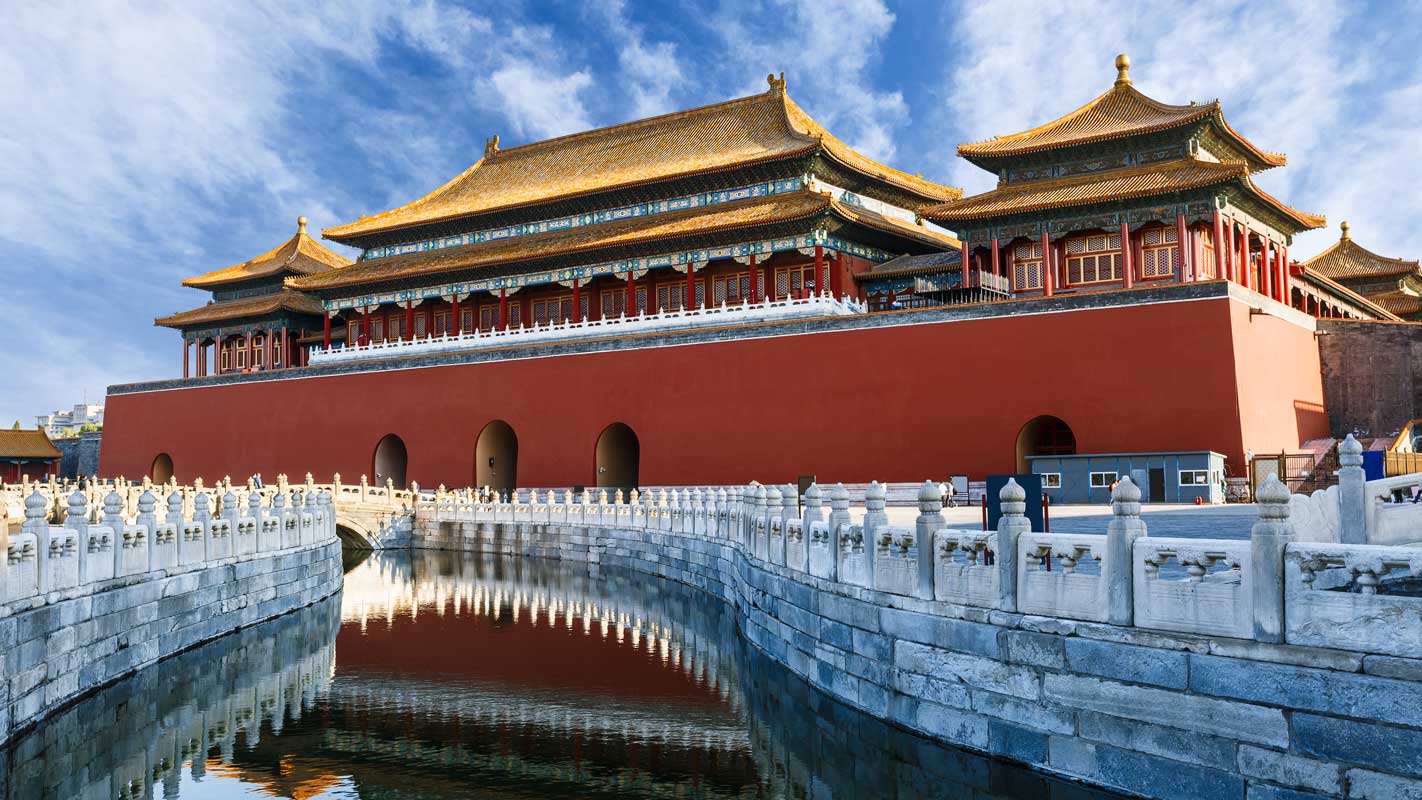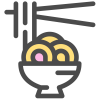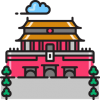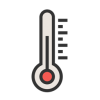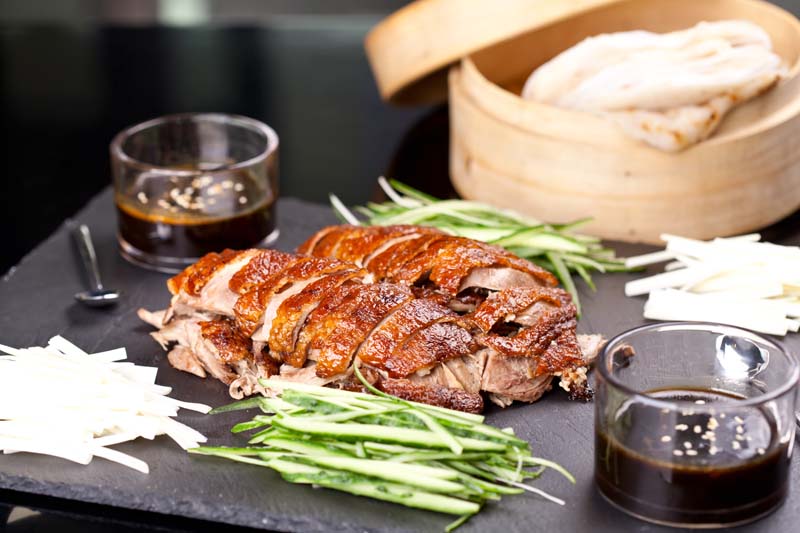
As the capital of China for nearly 700 years, Beijing is a city where the traditional meets the modern, the east meets the west. Featured cuisine from different regions in China can ben found in Beijing along with an increasing number of western-style restaurants. Local food attractions include:
Peking Duck
There is simply quite nothing like a perfectly roasted duck with bronzed crispy skin and tender, succulent meat. It is said that there are two things that you must do when visiting Beijing: One is to enjoy the roast duck and the other is to take a stroll on the Great Wall.
Kung Pao Chicken
A sweet and spicy chicken dish with peanuts and vegetables. For some reason this dish is never the same from one restaurant to another. Perhaps this adds to its appeal, as it is very popular among foreigners.
Noodles with Soybean Paste
Noodles with Soybean Paste, also called Zha Jiang Mian, is very popular when it comes to traditional Beijing cuisine. As an added bonus, it is not expensive at all. Zha Jiang Mian consists of three main materials. They are wide hand-tossed noodles, vegetable pieces as well as pork.
Mutton Hotpot
Like variations of hotpot from elsewhere in China and Japan, hotpot is a cook-it-yourself affair in a steaming pot in the center of the table. Unlike Sichuan hotpot, mutton hotpot features a savory, non-spicy broth. If that’s not exciting enough for you, you can also request a spicy broth (be aware that this is flaming red, filled with peppers, and not for the weak!)
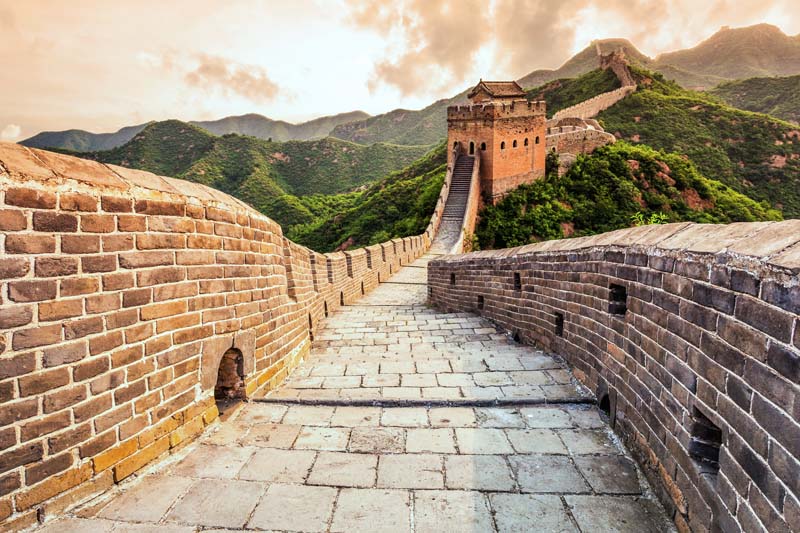
Forbidden City
Located in the center of urban Beijing, the Forbidden City served as the residence of the Ming and Qing Emperors. It is the largest and best preserved extant group of ancient architecture in the world. Built in 1420 in the Ming Dynasty, it was the center of feudal rule in China until the fall of the Qing Dynasty in 1911. The complex has been designated as a World Heritage site by UNESCO.
Tiananmen Square
At the very heart of Beijing, sits Tian‘anmen Square, the largest urban square in the world. This vast space, measuring 40 hectares, has a historical significance to rival its size. Enlarged in the 1960s, Tian’anmen Square now measures 880 meters from north to south, 500 meters from east to west and can accommodate up to one million people.
The Great Wall
The construction of the Great Wall started during the Warring States Period in the 7th century B.C, it has a history of more than 2,500 years. Many dukedoms built walls in Central China to protect themselves and their northern territories.
Summer Palace
Located in the northwestern suburbs of Beijing, this is China‘s best preserved imperial garden, famous for its scenery and cultural relics. It consists mainly of Wanshou (Longevity) Hill and Kunming Lake. The garden was burned by the allied British-French troops in 1860. From 1885 to 1895, Empress Dowager Ci’xi (1835-1908) of the Qing Dynasty had it restored with funds intended for naval development.
Temple of Heaven
Located in the southern part of urban Beijing, this was where the Ming and Qing emperors went to worship Heaven and pray for a better harvest. With an area of 270 hectares, the Temple of Heaven counts as the world‘s largest extant group of temple buildings. Its distinct architectural design and pattern represents the ancient Chinese belief in a round heaven, square earth, and the supreme imperial power.
Lama Temple
Lama Temple is located in the northeastern part of the old city of Beijing, the Lama Temple was a palatial residence constructed in 1694 by the Qing Emperor Kangxi for his fourth son, Prince Yongzheng, who later succeeded to the throne. The magnificent temple consists of five main buildings lying on the north-south axis, with annex halls tanding on both sides. Lama Temple is Beijing’s most visited religious site, which is home to the Yellow Sect of Buddhism. It is very active, with many faithful burning armloads of incense. The temple has an important relic: the largest Buddha statue carved from a single tree. The statue is huge: 3 stories up and about 9 feet across.
Beijing Hutongs
A hutong is an ancient city alley or lane typical of old Beijing, where there were once several thousand of them. Surrounding the Forbidden City, many were built during the Yuan (1206-1341), Ming (1368-1628) and Qing (1644-1908) dynasties. Hutongs are still inhabited by long-time Beijing residents, and taking a stroll through the peaceful narrow streets is one of the city’s most charming attractions.
798 Art Zone
Located in Dashanzi Art District (original 798 Factory), the heart of a growing art and culture community in Beijing, 798 Space is the center and the biggest space providing cultural, artistic and commercial activities in the area. It was designed by East German architects in the Bauhaus style in the early 1950’s. Through reconstruction and redesigning with contemporary aesthetics, the space combines the past, present, and future of the “New China”.

Beijing has four discernible seasons – short windy spring, long hot summer, cool pleasant autumn but chilly winter. July and August temperatures can exceed 40 °C (104 °F). January can dip to -20 °C(-4 °F).
Spring
Throughout the spring months (April to May) temperatures in Beijing rise quickly day to day. They also vary greatly (around 12°C-14°C) between day and night. Spring is a windy, dry season, frequented by heavy sandstorm. Cold winds are also frequent throughout spring months. In early spring, the temperature may drop abruptly.
Summer
Summer months in Beijing (June to August) are long and hot with plenty of rainfall. With the exception of the hilly areas, the monthly average temperature is above 24°C (75.2°F). The highest temperature on record is 43.5°C (110.3°F) which was in June, 1961.Summer is also a rainy season. About 70% of the city’s rainfall happens in summer. Heavy rainstorms are common throughout the summer, and may occur on sunny afternoons without warning. Heavy rain may block traffic. Summer resorts are a great way to escape the summer heat.
Autumn
Autumn (September to October) is perhaps the most attractive season in Beijing, when there is plenty of sunshine and cooler temperatures. Autumn is a harvest season, when fruits and vegetables are ripe. One great activity in autumn months is picking fresh fruits and vegetables in local orchards. This is regarded as a great way to relax and get fresh air. Autumn is short and days become cooler and cooler as rainfall increases. As in spring, visitors should bring lightweight clothing such as long-sleeved shirts or T-shirts, plus one or two jackets or sweaters.
Winter
Winter in Beijing (November to March) is cold. A trip during these months may be a shock to visitors from tropical countries. The monthly average temperature is below 0°C (32°F) from December to February. In January, the monthly average temperature is below -4°C (28°F) in Beijing’s plains. It seldom rains in the winter but there is plenty of sunshine. Enjoying the snow scene on West Hill, skating in Beihai Park, followed by a steaming hotpot with mutton slices will drive out the chills. Skiing and hot springs are the most popular activities in chilly winter. Be sure to bring winter clothes, including woolen sweaters and down coats.
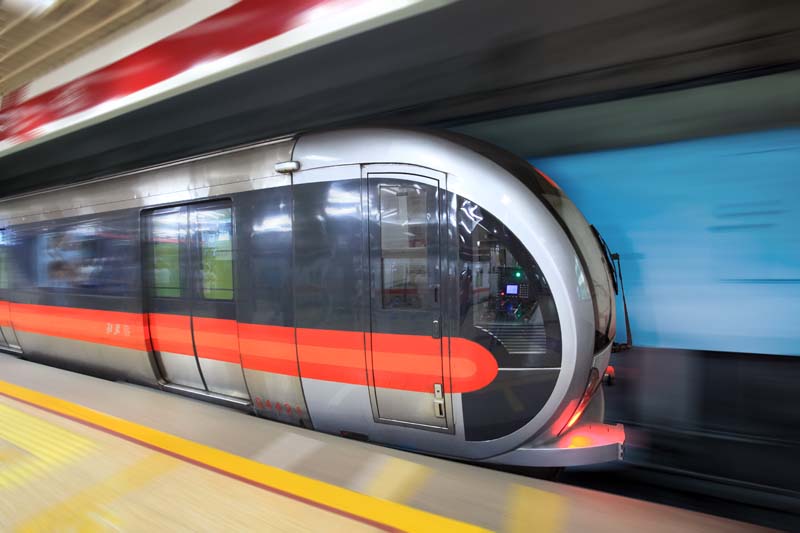
Beijing City Bus
Currently, there are over 800 bus routes in operation from 05:30 to 23:00 in Beijing. Bus fares are usually ¥2.
Beijing Subway
The Beijing Subway now has 16 lines in operation, namely Line 1, Line 2, Line 4, Line 5, Line 6, Line 8, Line 9, Line 10, Line 13, Line 15, Batong Line, Changping Line, Daxing Line, Fangshan Line, Yizhuang Line and airport express. A starting fare of ¥3 with unlimited transfers applies to all lines, except the express link to the airport, which costs ¥25.
Transportation Card and APP
Beijing Transportation Smart Card is available for paying for the services of subway, city buses, some taxis and the airport express train. The transportation card can be used at some convenient stores, supermarkets and restaurants.
Beijing Taxi
There are over 70,000 taxis running in every corner of the city. Most of the taxi drivers in Beijing can speak some simple English, which offers western visitors a great convenience of being able to communicate with them. The flag fall will start at RMB13.
DiDi and other private car service
Similar to Uber, there are multiple APPs for you to book a private car for any distance. The most used app is DiDi, by using which you can book taxi or multiple types of private cars for different purposes.
Beijing Capital International Airport
Beijing Capital International Airport is about 25 km (about 15.5 miles) northeast of Tiananmen Square, and is China’s busiest and most important international airport. It consists of three terminal buildings. Most international flights land at either Terminal 2 or Terminal 3. You can take Airport Express Train or shuttle bus to downtown.
Beijing Daxing International Airport
The upcoming new airport is expected to be launched in October 2019. Located 46 kilometers south of Beijing city downtown and 65 kilometers from the existing Beijing Capital International Airport, it will serve as a major international hub airport in Northern China. The new airport is also expecting a total of 7 runways and another terminal to the south of the current one in the future, in order to accommodate 620,000 flights and 100 million passengers each year.


